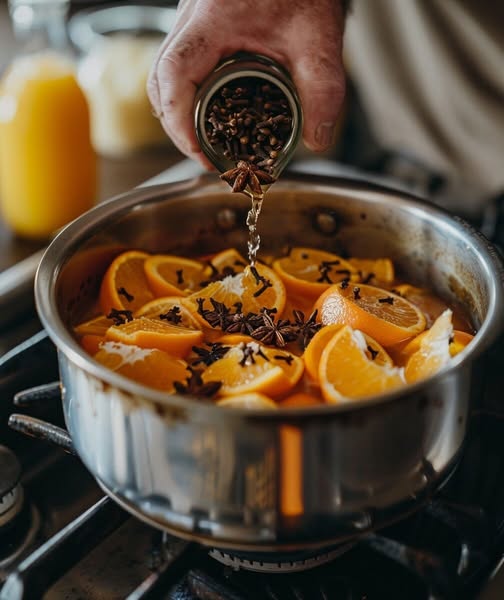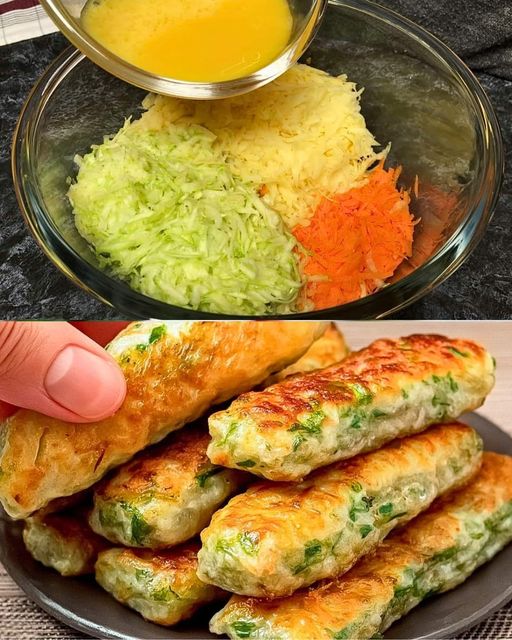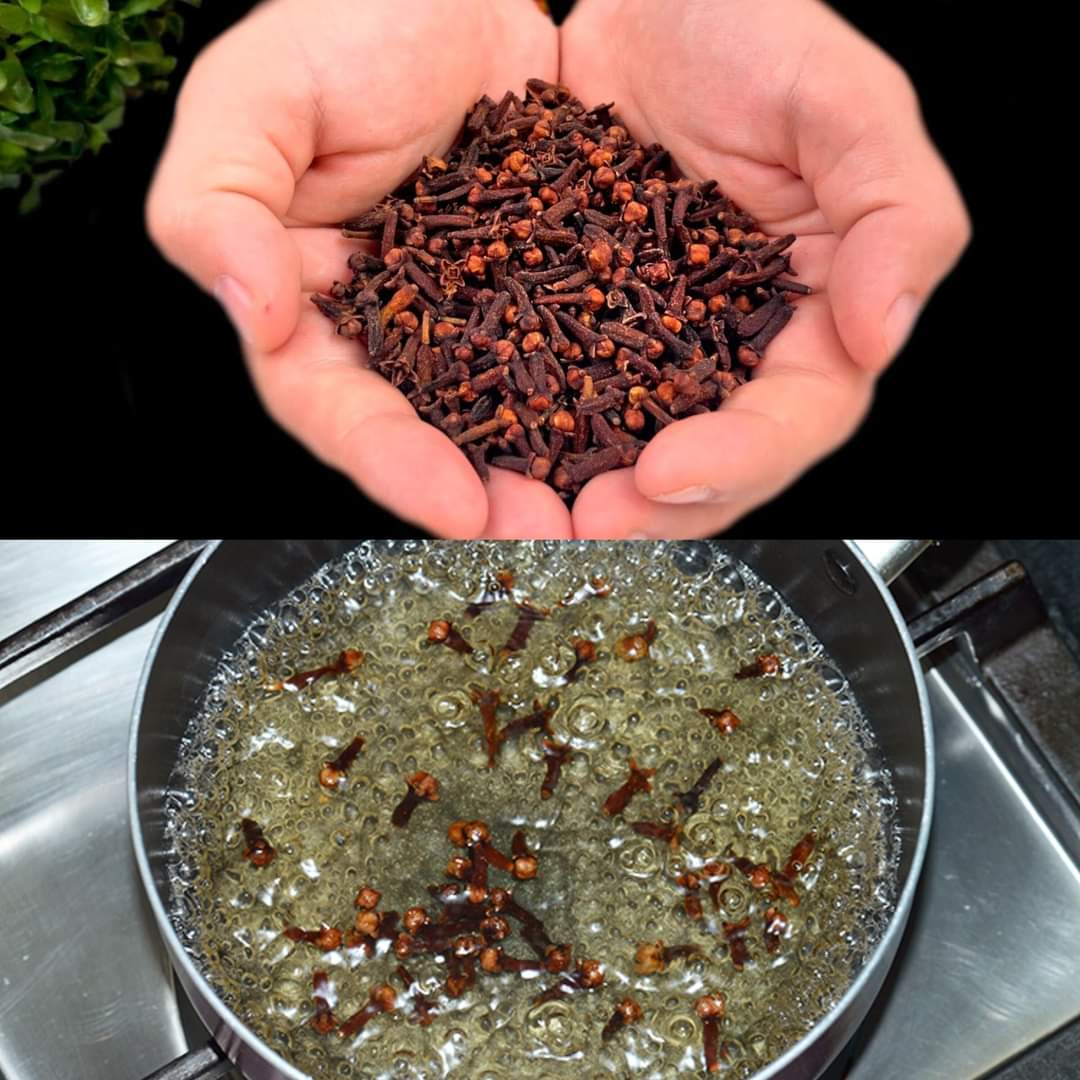We’ve all been there. You peel a banana, eager to enjoy its sweet, creamy goodness, and those annoying little strings cling to the fruit. They’re thin, fibrous, and seem to follow the entire length of the banana, refusing to peel off cleanly. While they might seem like a minor nuisance, these tiny strings—called phloem bundles—actually play an essential role in the banana’s development. So, why do bananas have these strings, and what purpose do they serve? Let’s dig into the science behind them.
What Are Those Strings on Bananas?
The strings you find on bananas are technically known as phloem bundles. They run vertically along the fruit, beneath the peel, and are part of the banana’s vascular system. Just like in other plants, the phloem transports nutrients, water, and sugars throughout the plant—in this case, ensuring that the banana grows into the nutritious fruit we enjoy.
Why Are Phloem Bundles Important?
- Nutrient Transport: The phloem bundles in bananas are vital for moving nutrients from the banana plant’s leaves to the developing fruit. They act like little highways, delivering sugars, water, and other essential nutrients, allowing the banana to grow and ripen properly.
- Growth Support: These strings also help support the banana as it grows, ensuring it develops evenly from top to bottom. Without them, the banana wouldn’t be able to grow into its elongated, curved shape.
- Ripening Process: Phloem bundles also play a role in the banana’s ripening process. They help distribute ethylene, the natural plant hormone that regulates ripening, allowing the banana to turn from green to yellow and become soft and sweet.
Why Do the Strings Stick to the Banana When You Peel It?
While the phloem bundles are essential for the banana’s growth, they can become a bit of a hassle when it’s time to enjoy the fruit. Because they run the length of the banana, they sometimes cling stubbornly to the flesh after you peel it.
Unlike the smooth outer peel, these strings are more fibrous and tend to stay attached to the fruit’s surface. This is because they have a different texture and structure, making them less likely to pull away cleanly with the rest of the peel.
Are Phloem Bundles Edible?
Good news: phloem bundles are completely edible! While their texture might be a little off-putting for some, they contain similar nutrients to the rest of the banana, including fiber, vitamins, and minerals. In fact, they are just as healthy as the banana itself, though many people prefer to remove them for a smoother eating experience.
If you can tolerate the strings, they add an extra bit of fiber to your snack. But if you’re not a fan of their fibrous texture, feel free to peel them off—it won’t affect the taste or nutrition of the banana.
How to Minimize Banana Strings:
While you can’t completely avoid phloem bundles, there are a few tricks to minimize their presence when peeling a banana:
- Peel from the Bottom: This is the method used by monkeys, and it’s surprisingly effective! Pinch the bottom of the banana (opposite the stem) and peel upwards. This tends to result in a cleaner peel with fewer strings attached.
- Ripen the Banana Properly: A fully ripe banana will have fewer visible strings. As the banana ripens and softens, the phloem bundles become less prominent, making them easier to remove.
- Peel Gently: If you peel the banana slowly and gently, it reduces the likelihood of tearing the phloem bundles away from the fruit. This can help keep the strings attached to the peel, where they’re less of a nuisance.
The Bigger Picture: Why Bananas Are a Marvel of Nature
While the strings on bananas might be a small inconvenience, they’re a fascinating reminder of how carefully nature designs its plants and fruits. Phloem bundles are just one part of a banana’s intricate system that allows it to grow, thrive, and nourish those who eat it.
The next time you peel a banana and find yourself peeling away those strings, take a moment to appreciate the natural engineering behind this simple snack. The phloem bundles are working hard to ensure that each banana is packed with nutrients, sweetness, and everything else that makes bananas one of the most popular fruits worldwide.
Conclusion: Phloem Bundles—Nature’s Unsung Heroes
Though often overlooked, the tiny strings on bananas are an essential part of the fruit’s growth and development. These phloem bundles work behind the scenes, ensuring that your banana is as tasty and nutritious as possible. While they might not be the most enjoyable part of the fruit to eat, they serve a vital purpose—and if you’re feeling brave, you can even leave them on for an extra dose of fiber!
So, next time you peel a banana and find those strings haunting you, don’t be too quick to curse them. They’re just nature’s way of packaging a perfect snack.



